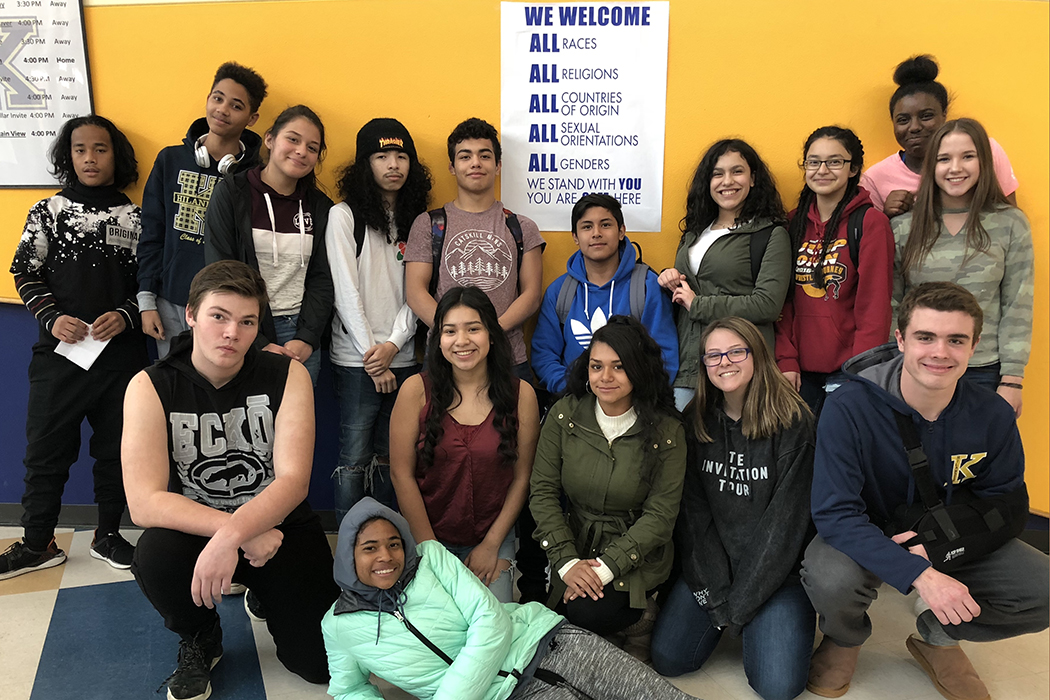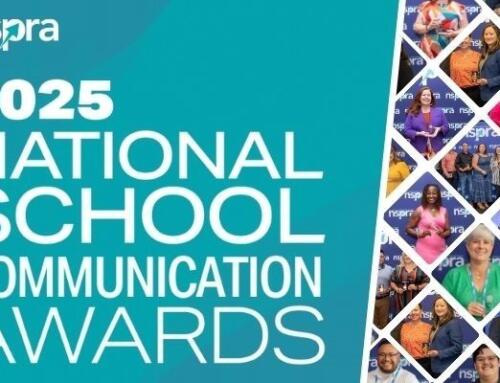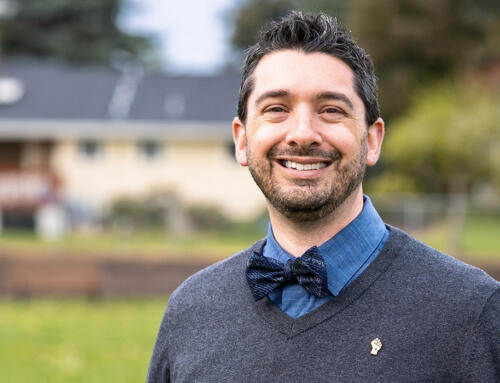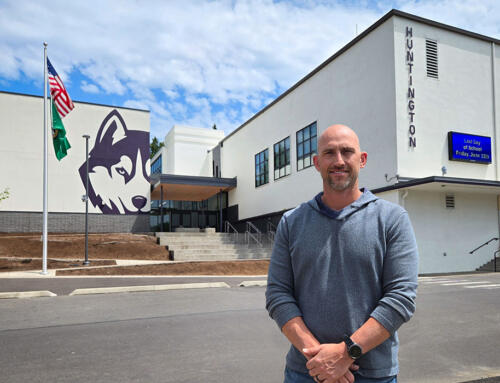“There’s stuff going on and we can’t ignore it,” said Zoe when asked why the diversity class she’s in at Kelso High School is important.
Andrew Gragg, dean of students and facilitator of the class, agrees. He’s been troubled by the lack of tolerance for diversity he’s seen, particularly in the last year, among students. “Distasteful comments, harassment; on a nearly daily basis.”
Gragg and the school administration enlisted the help of Ophelia Noble, parent and owner of The Noble Foundation. They surveyed 103 students, 54 students of color and 49 white students, to get a feel for what they were really experiencing. What they found only confirmed their own experience. Students reported being pushed around, threatened, called names and racial slurs at school, and even having their homes egged.
The survey also asked what the students thought they should do about it. Gragg and the administration took all that feedback and started talking to schools around the state and across the U.S. asking what they were doing to create a culture accepting of diversity. The result for Kelso: a class of hand-picked students tasked with improving the culture in a very student-led way.
The students, chosen for their leadership qualities and representation of cultural groups, are just beginning their efforts. Taking on something like this is uncomfortable, at best. “At first it was awkward to talk about this,” said Amaria. “Now, it’s easier.”
Discomfort aside, they’re all where they want to be. “I want to make a difference,” said America. “It’s better than doing nothing.”
The first thing they did was meet with the teaching staff and offer posters of inclusion. Now, almost every classroom has one. Just this one gesture is making a difference. Students monitoring social media have seen photos of the posters and comments like, “I feel more welcome,” and “this made my day.”
The curriculum is very fluid, and often dictated by the students and what they’re seeing or hearing, and how they’re responding to it all. Next to improving the culture of the school, Gragg’s goal is to equip the students well. “I want to give them all these tools to go out and say, ‘this isn’t right’ and then be able to do something about it.” Listening to the conversations in class, they’re well on their way.
“I want everyone to feel welcome and have confidence that they belong,” said Cy. “We’re about to enter adulthood. It’s time for us to learn how to treat each other.”





 ESD 112 equalizes educational opportunities for learning communities through innovative partnerships, responsive leadership, and exceptional programs.
ESD 112 equalizes educational opportunities for learning communities through innovative partnerships, responsive leadership, and exceptional programs.